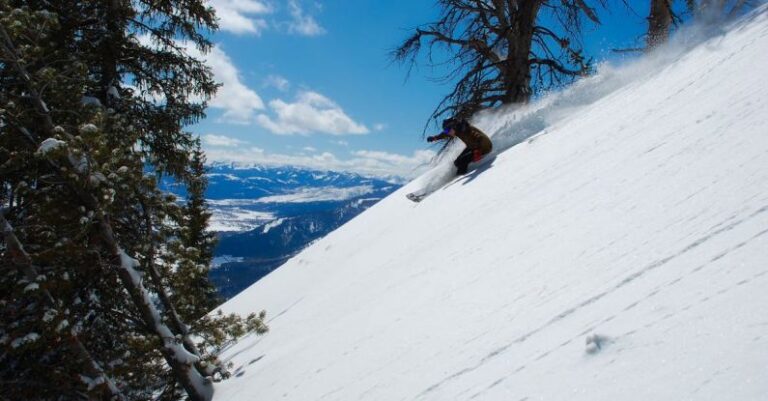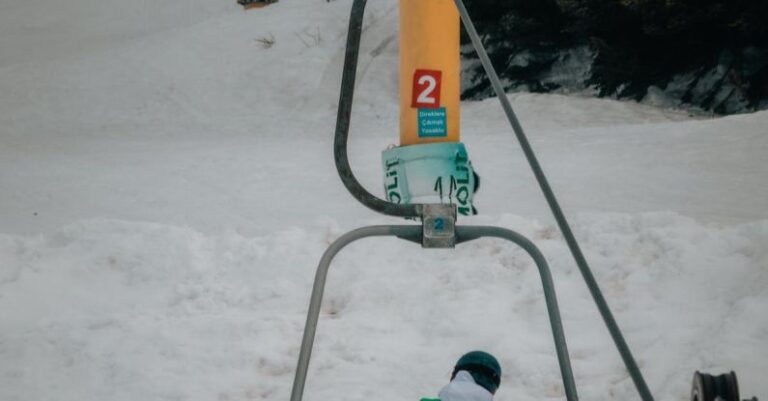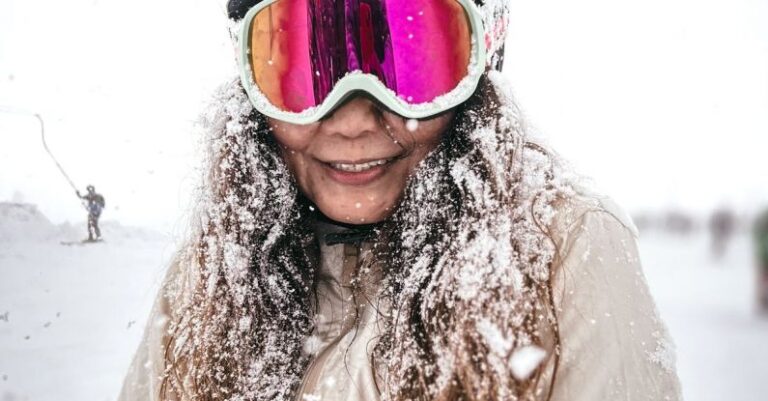
Cross-country skiing is a fantastic way to stay active during the winter months, offering a full-body workout while also allowing you to enjoy the beauty of the great outdoors. Whether you’re a beginner looking to learn the basics or an experienced skier aiming to refine your technique, mastering the key techniques for cross-country skiing is essential for a successful and enjoyable experience on the trails.
Choosing the Right Equipment
Before hitting the trails, it’s crucial to ensure you have the right equipment for cross-country skiing. The two main types of cross-country skis are classic skis and skate skis. Classic skis are longer and narrower, designed for a gliding motion similar to walking or running, while skate skis are shorter and wider, allowing for a skating-like motion. Make sure your skis are the appropriate length for your height and weight to ensure optimal performance.
Mastering the Kick and Glide
One of the fundamental techniques in cross-country skiing is the kick and glide. This technique involves pushing off with one ski while gliding forward on the other. To execute the kick and glide effectively, make sure to shift your weight forward onto the ski you are pushing off with, then transfer your weight back onto the gliding ski as you slide forward. Practice this motion to find a smooth rhythm that propels you forward efficiently.
Perfecting Your Pole Technique
Poles are essential for balance, propulsion, and stability in cross-country skiing. When using your poles, aim to plant them firmly into the snow behind you as you push off with your ski, then use the poles to help propel you forward. Make sure to keep your arms relaxed and use your core muscles to generate power in each pole stroke. As you become more comfortable with the motion, focus on syncing your pole movements with your kick and glide for a seamless skiing experience.
Navigating Uphills and Downhills
Mastering the art of skiing uphill and downhill is crucial for tackling a variety of terrain on the trails. When skiing uphill, use a herringbone technique by positioning your skis in a V-shape to prevent sliding backward. Push off with your poles and engage your leg muscles to power yourself up the incline. When skiing downhill, focus on maintaining a stable and controlled stance to avoid losing balance. Keep your weight centered and use your poles for balance and steering as you descend.
Perfecting Your Turning Technique
Turning is an essential skill in cross-country skiing, allowing you to navigate corners and obstacles with ease. To execute a basic turn, shift your weight onto the ski you want to turn with while leaning in the direction of the turn. Use your poles to help guide you through the turn and maintain a smooth and fluid motion as you change direction. Practice turning on both flat and sloped terrain to improve your agility and control on the trails.
Staying Safe and Enjoying the Experience
As you hone your cross-country skiing techniques, remember to prioritize safety on the trails. Always check the weather conditions and trail difficulty before heading out, and make sure to dress appropriately for the conditions. Stay hydrated and fuel your body with snacks to maintain energy levels during your ski session. Most importantly, enjoy the experience of gliding through winter landscapes and take in the beauty of nature around you.
In conclusion, mastering the key techniques for cross-country skiing is essential for a successful and enjoyable experience on the trails. By choosing the right equipment, perfecting your kick and glide, mastering your pole technique, navigating various terrains, perfecting your turning technique, and prioritizing safety, you can elevate your skiing skills and make the most of your time in the great outdoors. So, lace up your boots, grab your skis, and hit the trails to experience the exhilarating sport of cross-country skiing firsthand.





